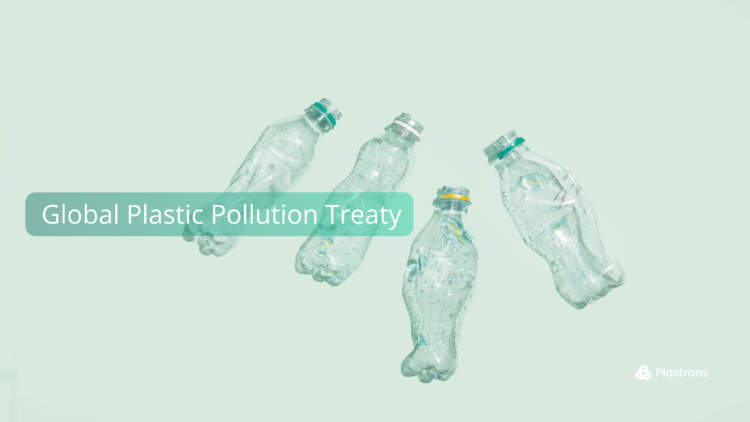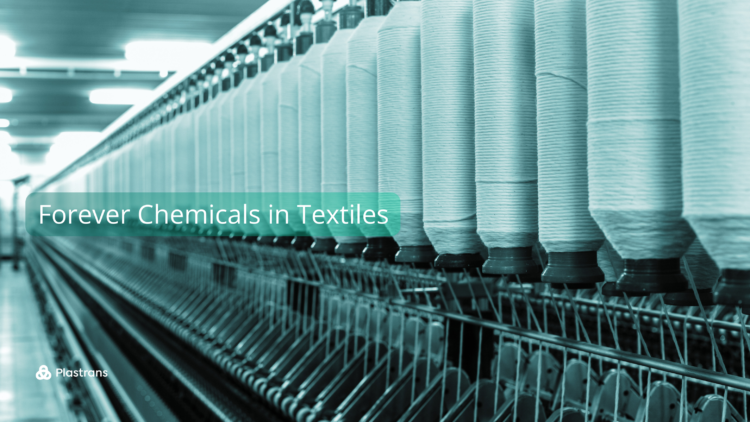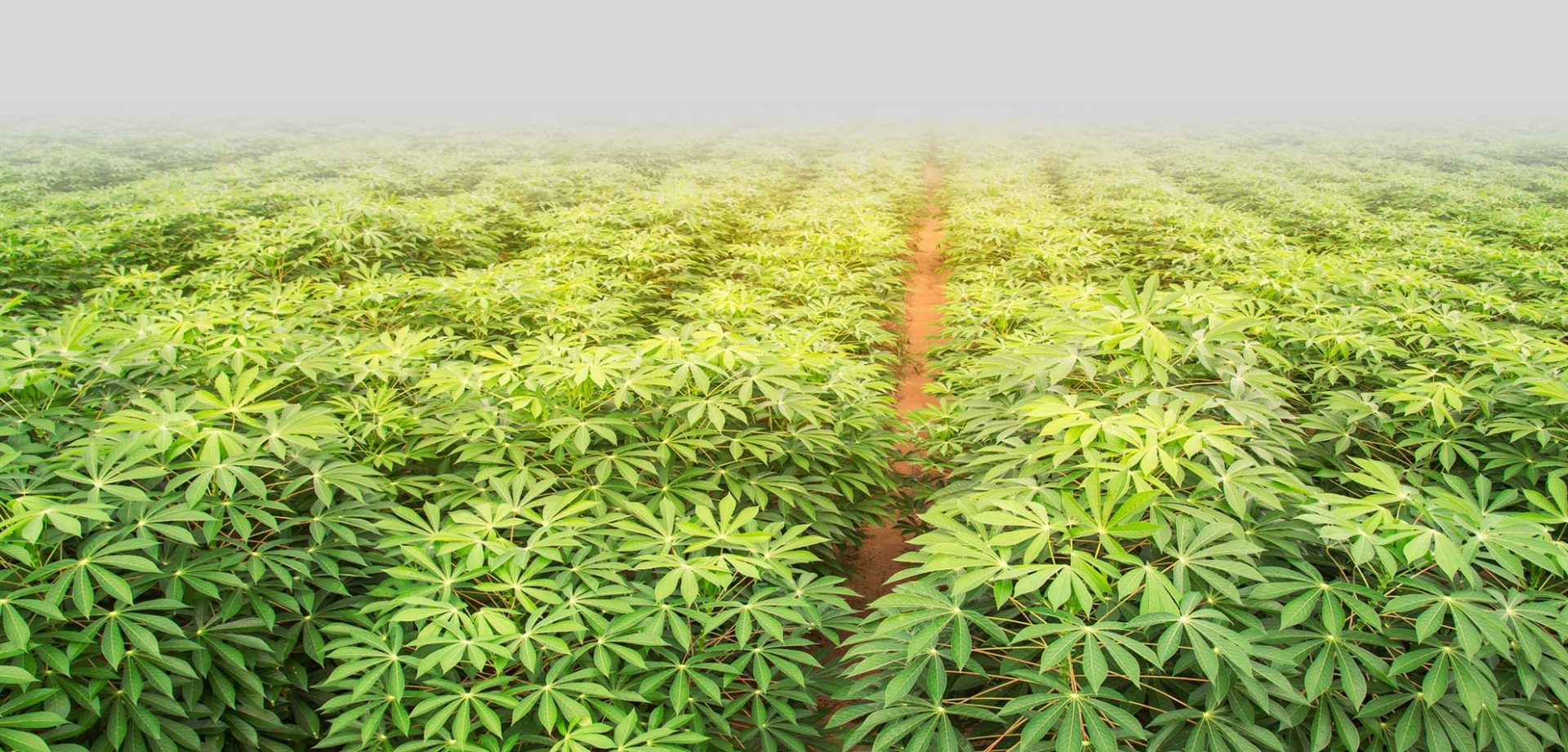
Biopolymers
Message from our Co-Managing Director, Dr. Günther Gratzl
“When they were new, lightweight materials brought many social benefits such as in the food or medical sector as well as transport-related CO2 savings to the world. Today, however, the overuse of plastics is causing a huge waste and environmental problem. We have realized that in order to protect the environment, we need to rethink. That’s why at Plastrans we rely on bioplastics. We understood that fossil-based materials should be reduced to a minimum use since their life-cycle-related CO2 emission contributes to global warming and most products are durable and can pollute the environment. Finally, it is our duty that plastics no longer end up in the environment but are reused or recycled in a circular economy until they are controlled and biodegraded at their end-of-life. Materials enabling such a sustainable life cycle are already commercially available and we are working with and distributing them. We are sure that there will still be new products and developments in this growing segment that we promote and we will stay at the cutting edge of technology and will continue contributing to the sustainable and responsible use of plastics.“
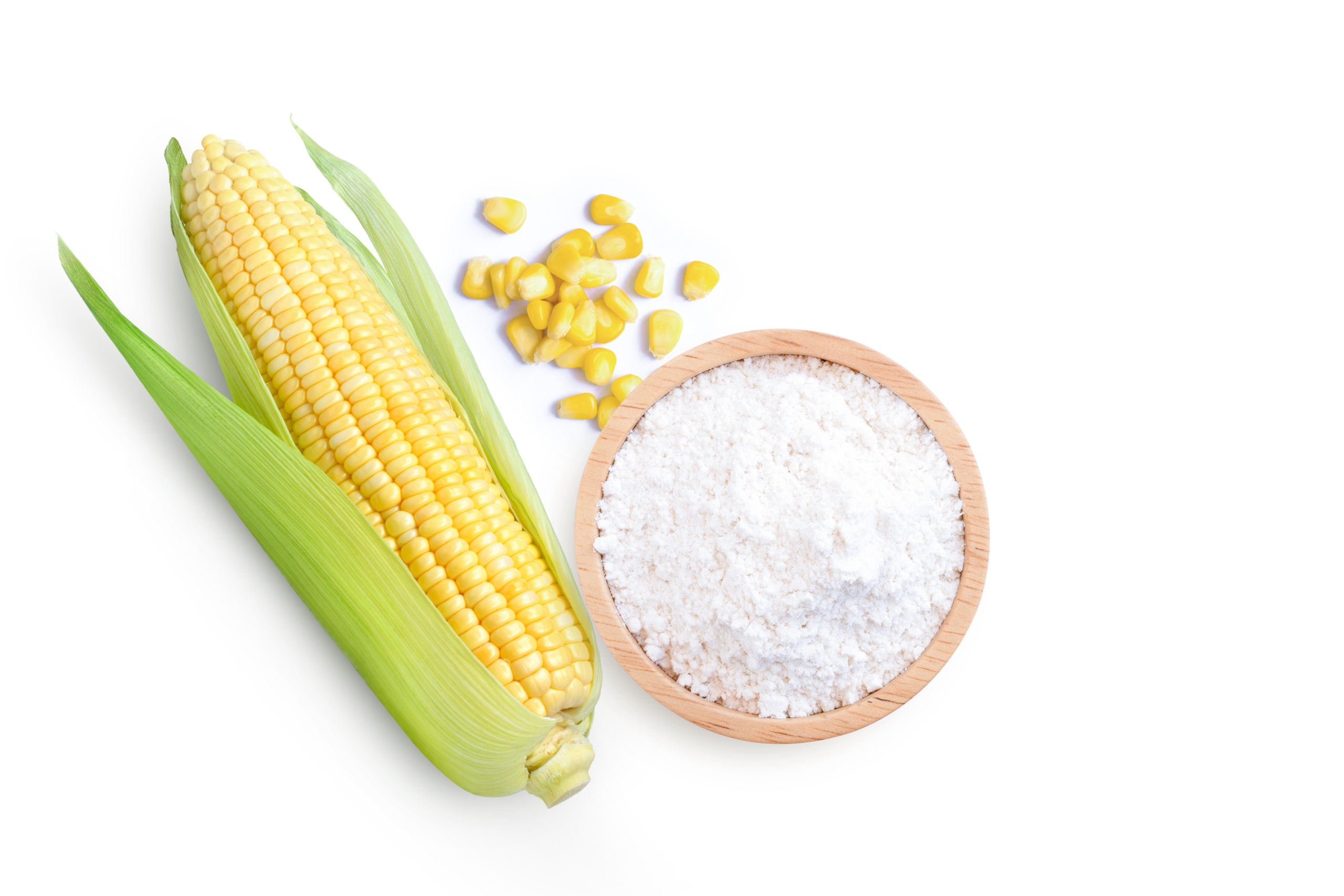
Thermoplastic Starch – TP
Starch is sourced from regenerative biomass, such as corn, wheat, potatoes, or tapioca. Our partner BioLogiQ was founded to make a useful plastic from the surplus starch created during the processing of potatoes and corn. It is produced using the unique EcoLogiQsm production process and is available under the trademark NuPlastiQ. NuPlastiQ is designed to create polymers with improved environmental and functional performance rather than just being an added filler to cut costs.
NuPlastiQ can be combined with different petroleum-based polymers or biopolymers to form distinctive composite materials. Then, utilizing common processing equipment, these composite materials can be extruded or injection molded. Such NuPlastiQ Resins are available under the trademark Bio Blends.
Benefits of NuPlastiQ:
- Enhancement of the compostability of bio-degradable products.
- Distinct mixing properties in compounds with different polymers.
- Reduction of CO2 greenhouse gas.
- Improves degradation in some polyolefin-resins.
- NuPlastiQ MB resins are also biodegradable in marine environments, regardless of the biodegradability profile of their component resins when used by themselves.
Biobased PE, Biobased PP, Biobased PS
Besides our conventional polymer grades from TotalEnergies we can provide biobased materials in the same quality. These polymers are derived from the mass balance of biobased feedstock together with fossil-based feedstock. The grades are also available in “Bio circular” quality, using wasted fats from the food industry.
All our conventional grades from TotalEnergies are available in biobased quality as well. These polymers from biobased feedstock are recyclable the same way as conventional polymer, providing best results in material life cycle assessments and can enhance the sustainability of many conventional products.
Advantages of BioPP, BioPE, BioPS:
- Made from renewable raw materials: biobased EN16785-1
- Can be used almost immediately without any major technology or equipment investments.
- Mechanically recycled in existing recycling streams.
- Favourable CO2 footprint
- Made from non-GMO raw materials
- Performance identical as fossil-based polymers
- Commercially available
- Offers a unique branding opportunity
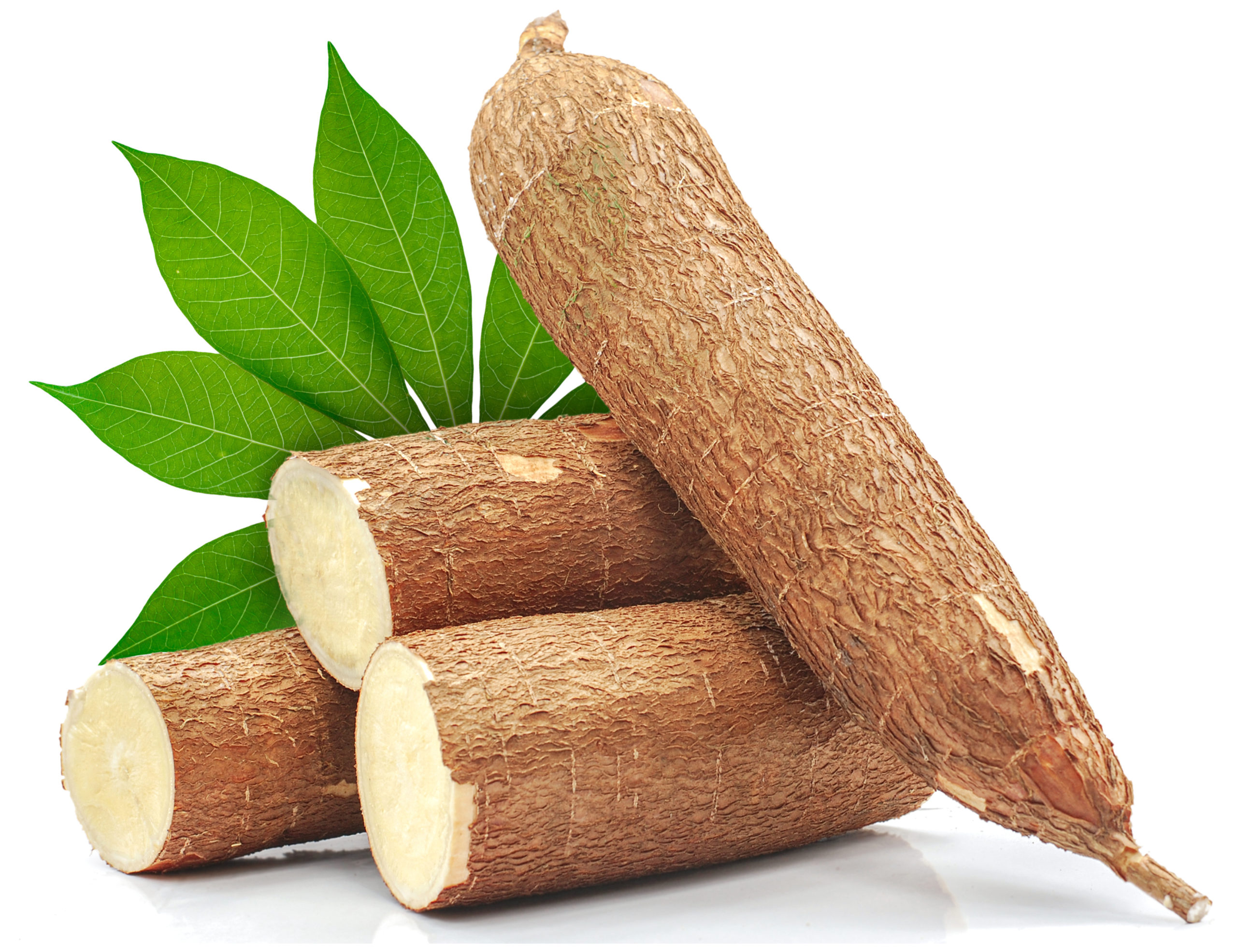

Polylactic acid – PLA
PLA is a bioplastic that is both biobased and biodegradable. Polylactic acid, a clear thermoplastic aliphatic polyester derived from renewable resources, is used to create PLA bioplastics. Biodegradable materials like corn, sugarcane, seaweed, or even shrimp shells are a basis for producing PLA. We can supply PLA from our partner TotalEnergies Corbion.
Advantages of PLA bioplastics:
- Made from renewable raw materials: biobased EN16785-1
- Biodegradable/Compostable EN13432
- Recyclable
- Favourable CO2 footprint
- Made from non-GMO raw materials
- High heat performance
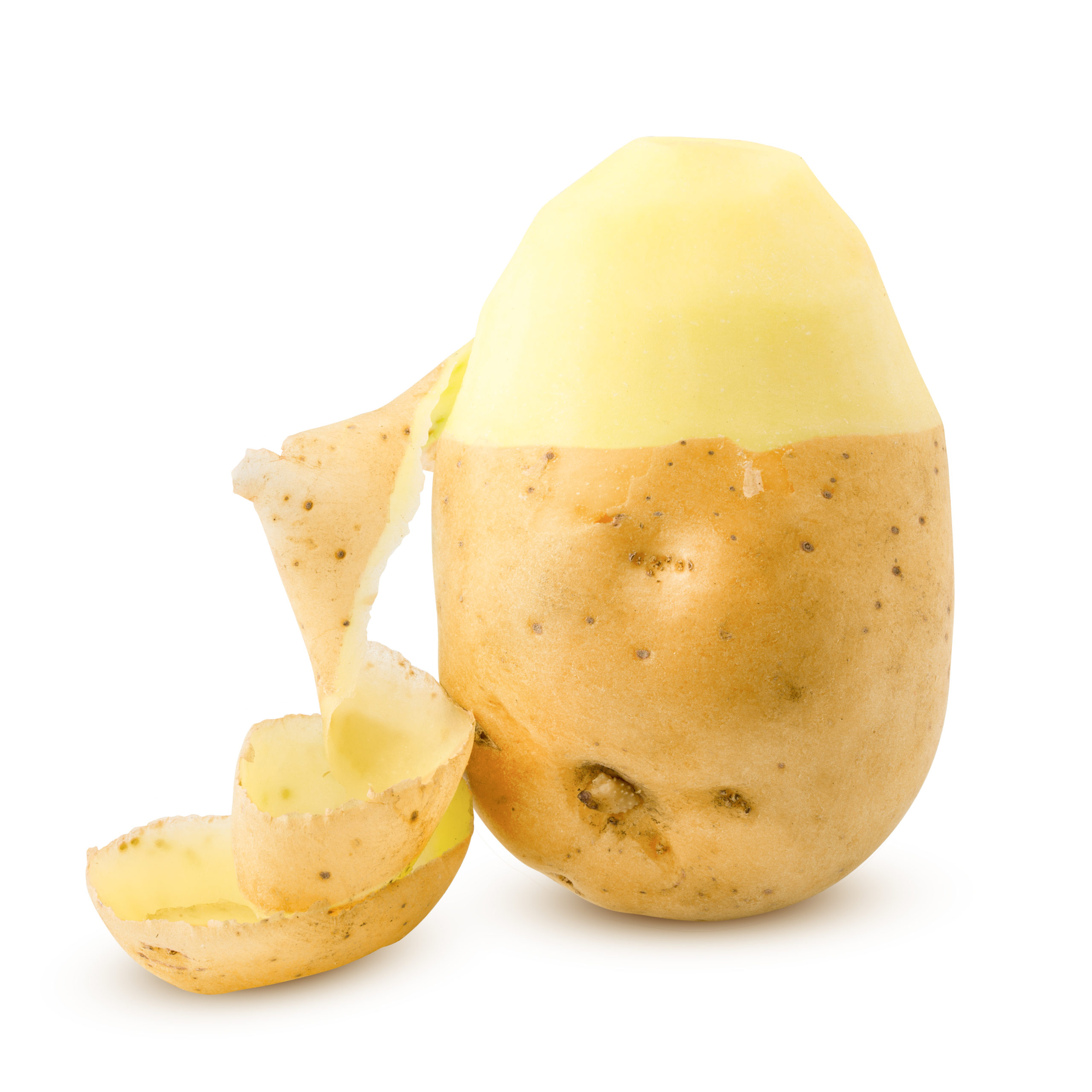
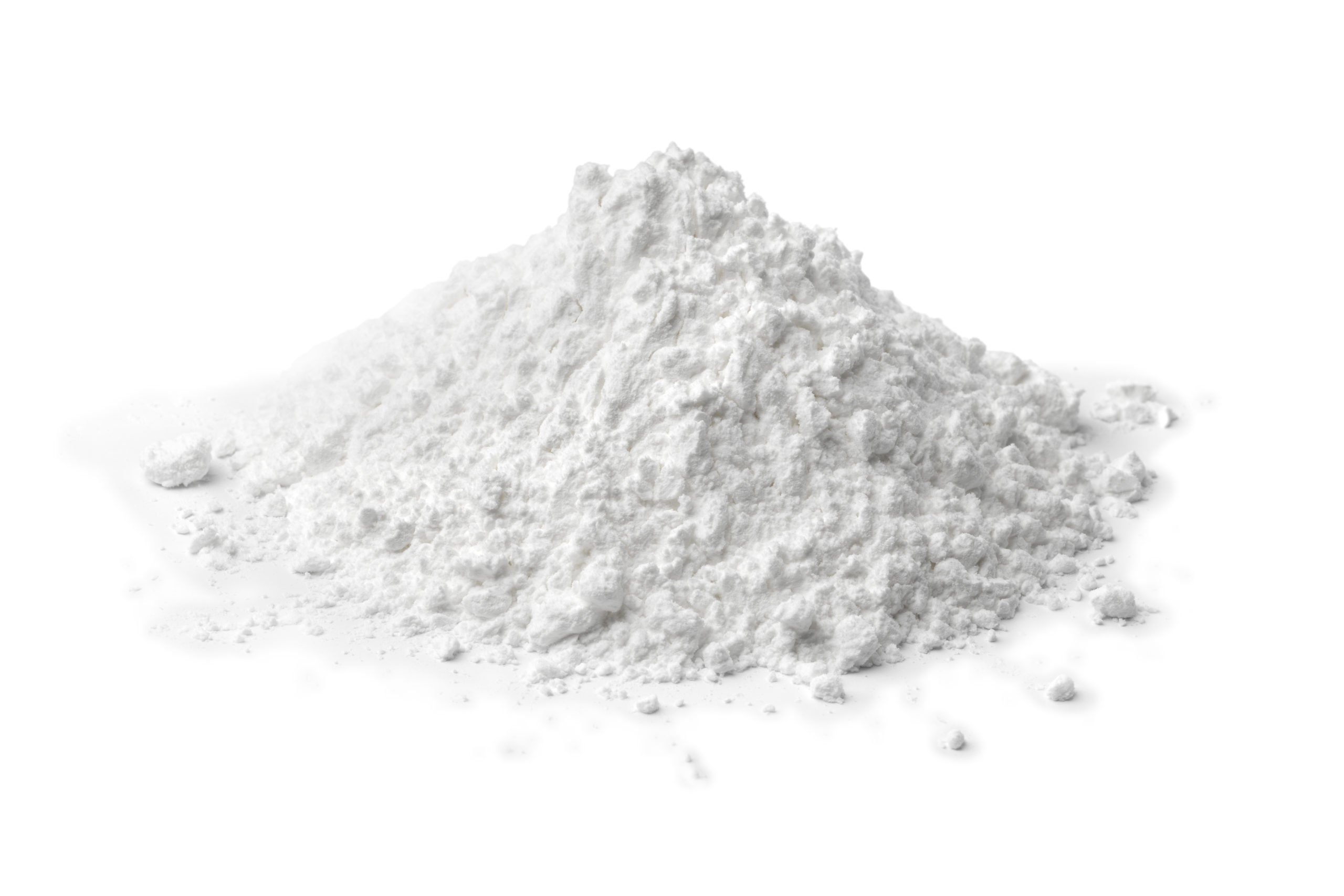
Biopolymers from Tapioca
A polymer that can be produced from a non-fossil source: the Tapioca root. In a globally unprecedented process, the inedible parts and waste portions of this plant are polymerized. The outcome are biodegradable plastics obtained from a renewable source that can be applied as a substitute to ordinary plastics for many use-cases.
Tapioca is a viable alternative to fossil-based raw materials used in plastics manufacturing. Most importantly though, it solves the riddle of Food for Plastics, that has been the major constraint to mainstream adoption of Bioplastics. Detailed information about the origin, cultivation, and many areas of application of this fascinating plant can be found in the publication “Wonders of Tapioca” issued by the Thai Tapioca Development Institute.
Important general characteristics:
- Cultivatable raw material
- Plant-based raw material
- Inedible Source
- Biodegradable
- Energy-efficient production process: low processing temperature and cycle time
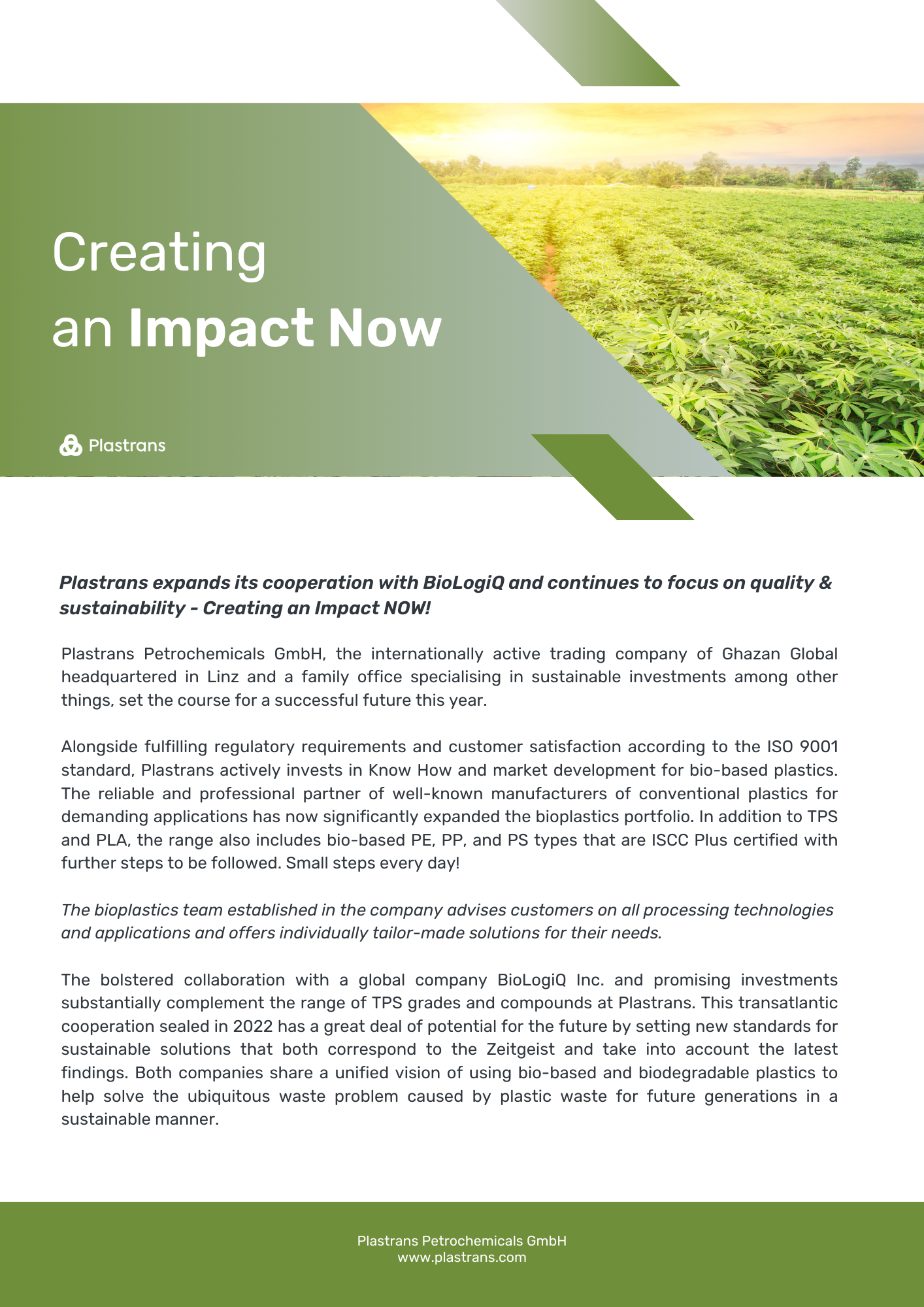
We are here to assist you – anytime.
Would you like us to advise you on finding the right product for your needs?
In close cooperation with our upstream partners, we gladly assist you in developing a comprehensive, holistically sustainable solution for your conversion products.
Simply shoot us a message.
